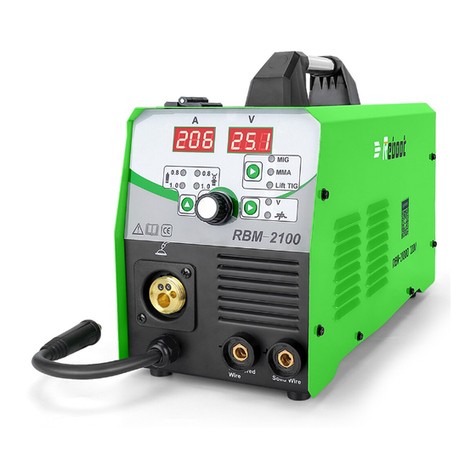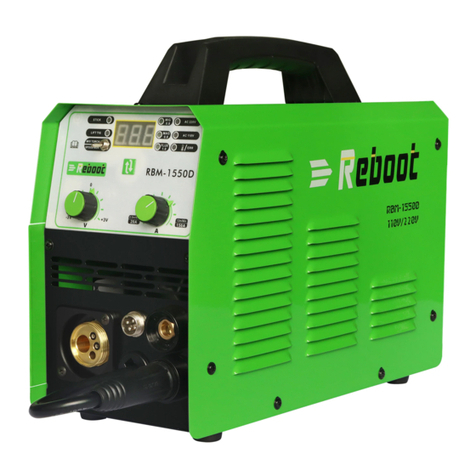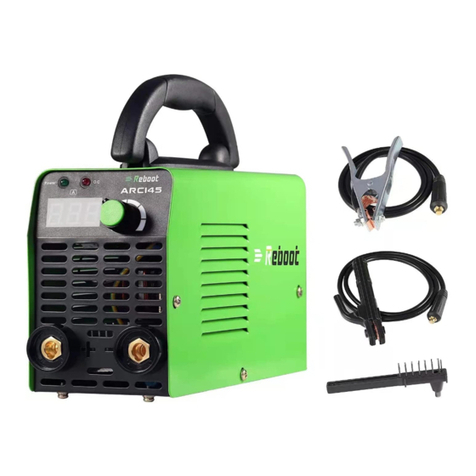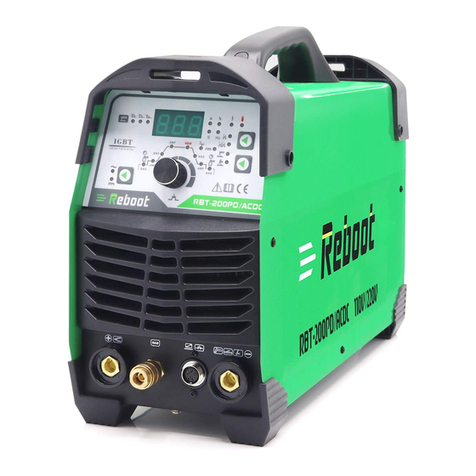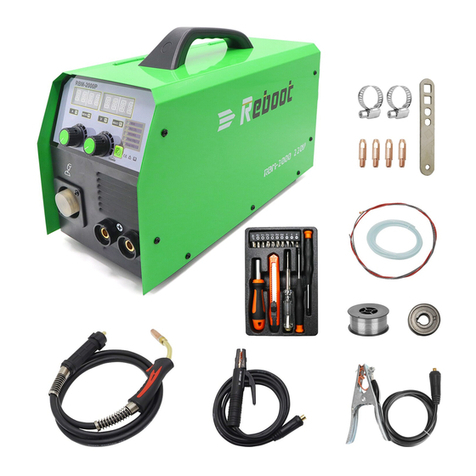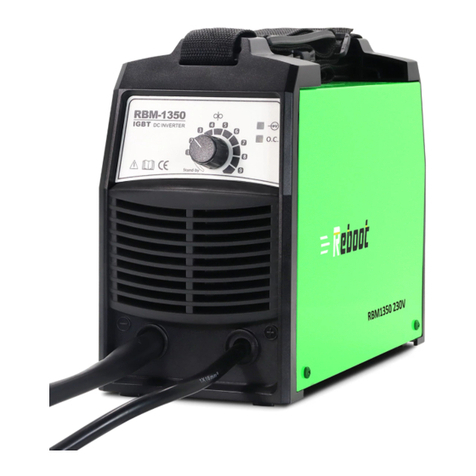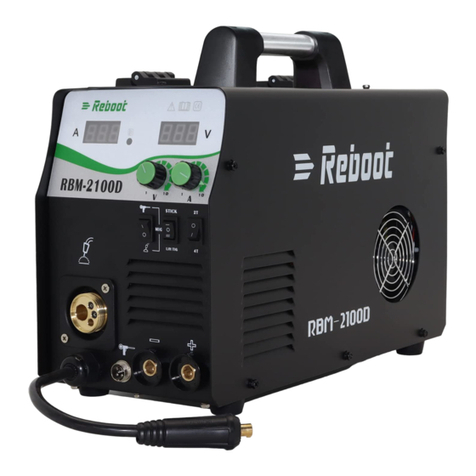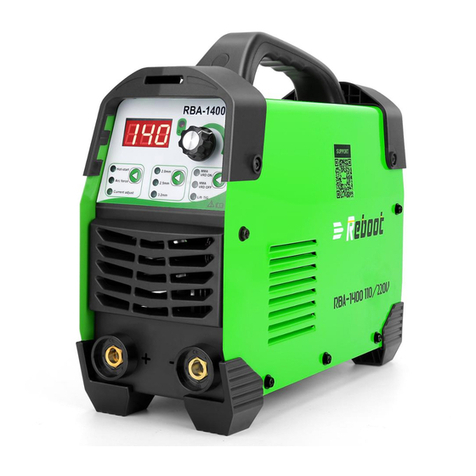
Installation.......................................................................................................................Section A
Technical SpecificationsC ut 40 (11 0 V ).................................................................................A-1
Technical SpecificationsC ut 40 (22 0 V )................................................................................A-2
Technical SpecificationsRBC 5000........................................................................................A-3
Technical SpecificationsRBC 5000 D....................................................................................A-4
Technical SpecificationsRBC 5000 D L ................................................................................A-5
Safety Precautions ..................................................................................................................A-6
Select Proper Location ..........................................................................................................A-6
Stacking................................................................................................................................A-6
Tilting.......................................................................................................................................A-6
High Frequency Interference Protection...............................................................................A-6
Input Electrical Connections.................................................................................................A-6
Gas Input Connections...........................................................................................................A-7
Output Connections................................................................................................................A-7
Torch ................................................................................................................................A-7
Compressor .....................................................................................................................A-7
Operation.........................................................................................................................Section B
Safety Precautions ...............................................................................................................B-1
Description............................................................................................................................B-1
Preheat Temperature for Plasma Cutting..........................................................................B-1
User Responsibility...............................................................................................................B-2
Design Features and Advantages ......................................................................................B-2
Cutting Capability .................................................................................................................B-2
Consumable Life ..................................................................................................................B-2
Installation Diagram ....................................................................................................... B-3,B-4
How to installation of the air compressor...............................................................................B-4
ControlsandSettings..........................................................................................................B-5
Cutting Process ................................................................................................................... B-6
Torch ....................................................................................................................................B-7
Pilot Arc Discussion For RBC5000DL..................................................................................B-7
Procedure Recommendations..............................................................................................B-7
General .........................................................................................................................B-7
Suggestions for Extra Utility from the Machine System ..............................................B-8
Torch Part Configurations ....................................................................................................B-9
Accessories .....................................................................................................Section C
Maintenance ....................................................................................................Section D
Safety Precautions ................................................................................................D-1
Routine Maintenance.............................................................................................D-1
Periodic Maintenance ............................................................................................D-1
Troubleshooting ..............................................................................................Section E
Safety Precautions.................................................................................................E-1
How to Use Troubleshooting Guide.......................................................................E-1
Error Signals ............................................................................................................E-2
Troubleshooting Guide ..............................................................................E-3 Thru E-6
..............................................................................................................................Appendix







